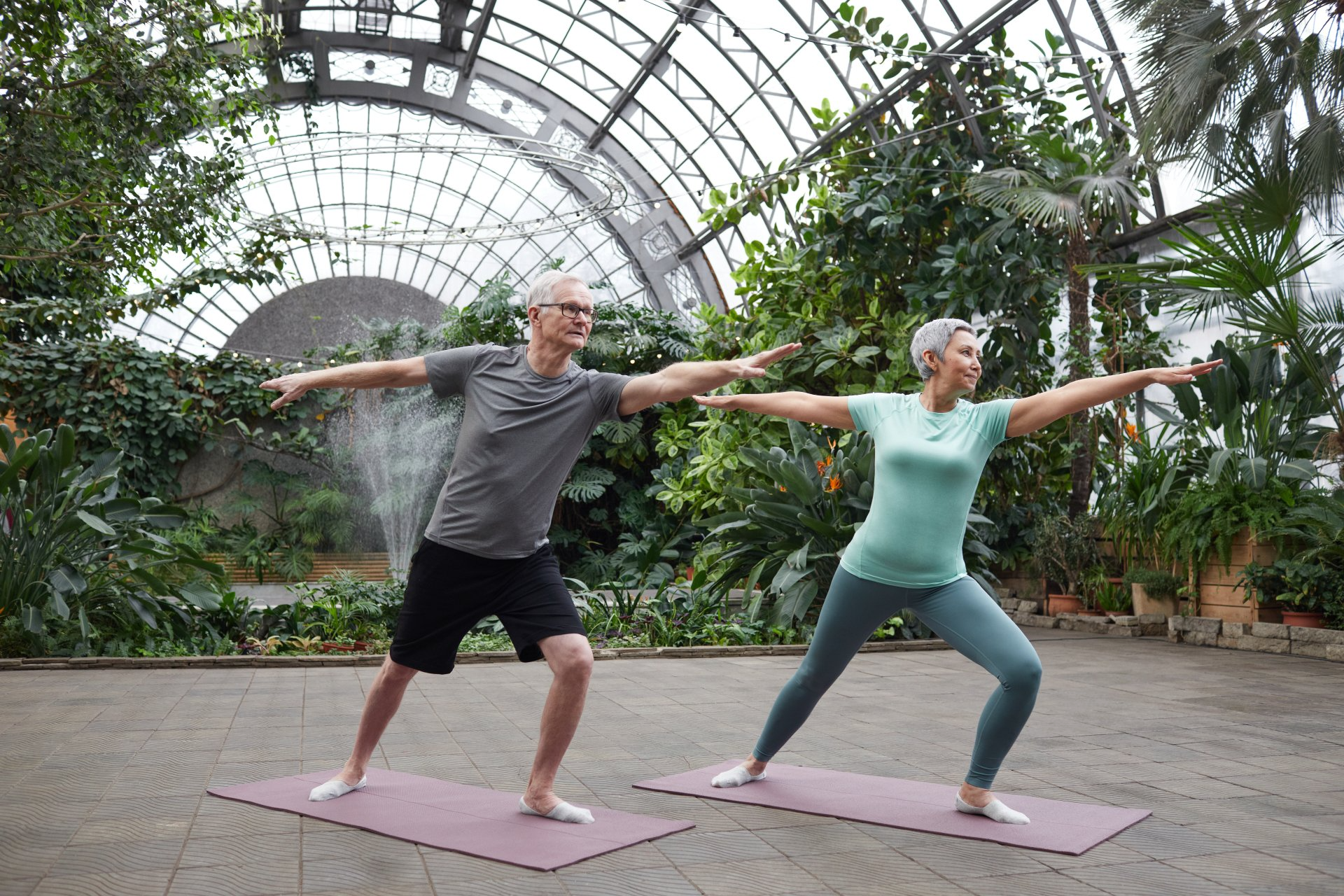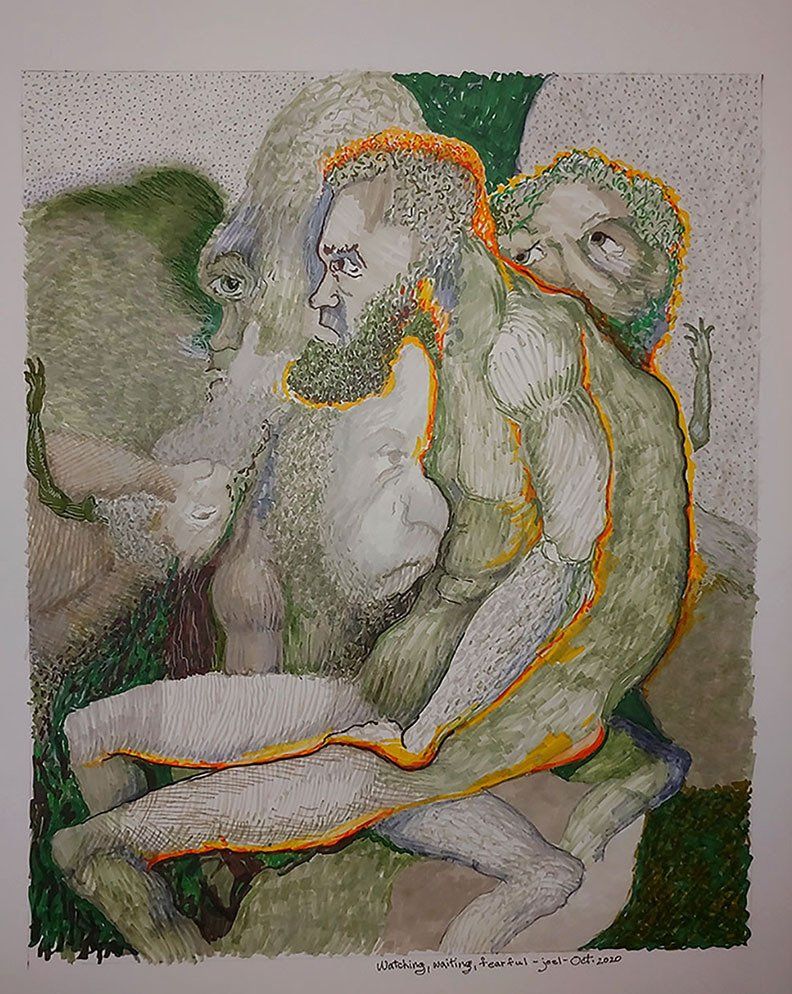Friendship is instilled in our DNA, our nervous system,
and our physiology.

Friendship is a relationship of mutual affection, trust, and support between individuals. It has deep roots in our heritage. The bonding of friendship is not unique to humans, but its great importance in our present time was forged over two million years when the survival of our ancestral lines depended on strong social relationships. The selection pressure for genes promoting social behavior was intense. The increasing complexity of ancestral human social systems and reliance on creating ever-better stone tools led to steady increases in brain size. Both nature (genes)1
and nurture (social-cultural heredity)2
interact in developing our present social being. Socializing is now instilled in our DNA, our nervous system, and our physiology.3
The selection pressure for friendship continues today. The physiological ties that bind friendships include the hormones oxytocin and beta-endorphin together with the neurotransmitter dopamine. They promote bonding, working together, and feeling good. Dopamine drives the reward system of the brain.4 Beta-endorphin naturally relieves pain and increases dopamine levels.5,6 Oxytocin increases trust in humans, the openness to work cooperatively with others, and is high in new romantic relationships and new parents.6,7 The selective advantage provided by strong friendships, as analyzed in studies involving more than 300,000 participants, found that those with strong social relationships were 50% more likely to survive health conditions leading to dying prematurely.8 In contrast, isolation and poor relationships are as deadly as the effects from well-established risk factors including cigarette smoking, high blood pressure, and physical inactivity.9
Friendship and Happiness
The world’s happiest people have been characterized as having strong social relationships based on Gallop World Polls taken of over a 10-year period from 1.5 million respondents.10 An important independent validation of the importance of friendship for health and wellness in aging comes from a curious research study conducted by Harvard University for more than 80 years.
The Harvard Study of Adult Development began in 1938 with enrolling 268 Harvard sophomores in the top half of their class to assess what led to living healthy, happy lives.11 One, John F. Kennedy, would become president. A second group was added later of 456 trouble-prone inner-city young men growing up in the poorest neighborhoods of Boston. The 1938 beginning of the study is ominous because of Harvard’s leading role in the American Eugenics movement at that time.12 The movement proponents believed that selective breeding and culling the human population to select for the “best genes” would lead to a superior species. Eugenic concepts that in Germany were quickly leading to the Holocaust. In the United States, Harvard administrators, faculty members, and alumni were enthusiastic advocates for eugenics, writing articles and lobbying the government to enact Eugenic laws. Undoubtedly, genetic considerations were at the forefront in initial studies of the “brightest and best” students; physically fit, talented white Caucasian males in Harvard’s sophomore class. The control group of males from the inner-city Boston slums offered an extreme at the other end.
The pinnacles of health and happiness at the beginning of the study in 1938 were believed to be fame, wealth, and high achievement. The Eugenics mindset held that the blueprints for doing this were predetermined by an individual’s genes. Good genes, Eugenics Theory predicted, predestined a good life – healthy, wealthy, and famous. Bad genes predestined sickness, poverty, and crime. The initial design of the study reeks of stacking the deck to demonstrate this point – top academic students compared to poor inner-city young men.
The results turned out differently. The immorality of Eugenics leading to crimes against humanity by Nazi’s became excruciatingly evident in World War II. In the Harvard study, some at the bottom of the social ladder worked their way up to become stars. Some of the stars at the top in the beginning ended up at the bottom. Drugs, alcoholism, and mental illness were factors for failure and poor health. Fame and fortune were not the determinants of health and happiness. Seventy-five years into the study, Robert Waldinger, the fourth Study Director stated the seminal finding, “Good relationships keep us healthy and happy. Period!”13
Waldinger went on to make three important points.
- People who are better connected to family, friends, and their community live longer, happier, and healthier lives. It is not the number of friends that are important. It is the quality of friendship.
- Loneliness kills. It is as powerful as smoking or alcoholism.
- Good relationships not only protect our bodies, they protect our brains.13
Serendipity, seeking one thing and finding another that is more valuable, is a gift to be cherished whenever it happens. The first Director of the Harvard Study was a Genetic Determinist. The belief that genes determine our destiny is still widespread in our culture. This is understandable with so much value being attributed to the role of genes in our being since their discovery in 1900. However, epidemiological studies indicate genes account for about 20% of successful aging. We cannot change our genes, but we can modify their expression – their actions – by how we live. And the other 80% is even more open to the choices we can make. Working hard on nurturing good friendships and other relationships, community service, and good lifestyle choices can make an incredible difference throughout life and are vital in living long and socially prospering.
_________________________________________
The Author: Don Gash is an emeritus professor of Neuroscience (PhD) in the College of Medicine and Lewis Honors College at the University of Kentucky. His expertise is in drug development for diseases of aging, especially those effecting the brain. Over Fifteen years ago, he recognized that aging posed serious threats to health and wellbeing – and had many features of being a disease. Dr. Gash felt that his experience in developing therapies for neurological diseases could be used to better understand normal aging processes and ways to promote successful aging. Ways that activate natural healing processes in the brain and body to effectively restore true wellbeing. Lifestyles and practices that do not replace good medical care when needed but make it work better. The advice given is evidence-based on published studies, including his, and from years of personally testing many programs and exercises to identify those which effectively cultivate and enable Aging Successfully.
Sources
PubMed identification numbers (PMID) are given for peer-reviewed scientific reports in mainstream science journals. The scientific papers are available online through PubMed on www.nlm.nih.gov.
- Fowler J, Dawes C, and Christakis N (2009) Model of genetic variation in human social networks. PNAS 106:1720-1724. PMID: 19171900
- Gash D and Deane A (2015) Neuron-based heredity and human evolution. Front. Neurosci. 9:209 PMID: 26136649
- Brent L et al. (2014) The neuroethology of friendship. Ann NY Acad Sci 1316:1-17. PMID: 24329760
- Di Chiara G and Bassareo V (2007) Reward system and addiction: what dopamine does and doesn’t do. Curr Opin Pharmacolog 7:69-76. PMID: 17174602
- Pilozzi A, Carro C, Huang X (2021) Roles of ß-endorphin in stress, behavior, neuroinflammation, and brain energy metabolism. Int J Mol Sci 22,238. PMID: 33396962
- Ulmer-Yaniv A et al. (2016) Affiliation, reward, and immune biomarkers coalesce to support social synchrony during periods of bond formation in humans. Brain Behav Immun 56:130-139. PMID: 26902915.
- Kosfeld M et al. (2005) Oxytocin increases trust in humans. Nature 435:673-676. PMID: 15931222
- Holt-Lunstad J, Smith T, Layton J (2010) Social relationships and mortality risk: a meta-analytic review. PloS Med 7(7) 1000306. PMID: 20668659
- House J, Landis K, Umberson D (1988) Social relationships and health. Science 241:540-545. PMID:3399889
- Diener et al. (2018) Happiest people revisited. Perspect Psychol Sci. 13: 176-184. PMID: 29592642
- Mineo L (April 11, 2017) Good genes are nice, but joy is better. The Harvard Gazette
- Cohen AS. (March-April 2016) Harvard’s Eugenics Era. Harvard Magazine
- Waldinger, R. (2015)) What makes a good life? Lessons from the longest study on happiness. TED Talk online
All Rights Reserved | Aging Successfully







